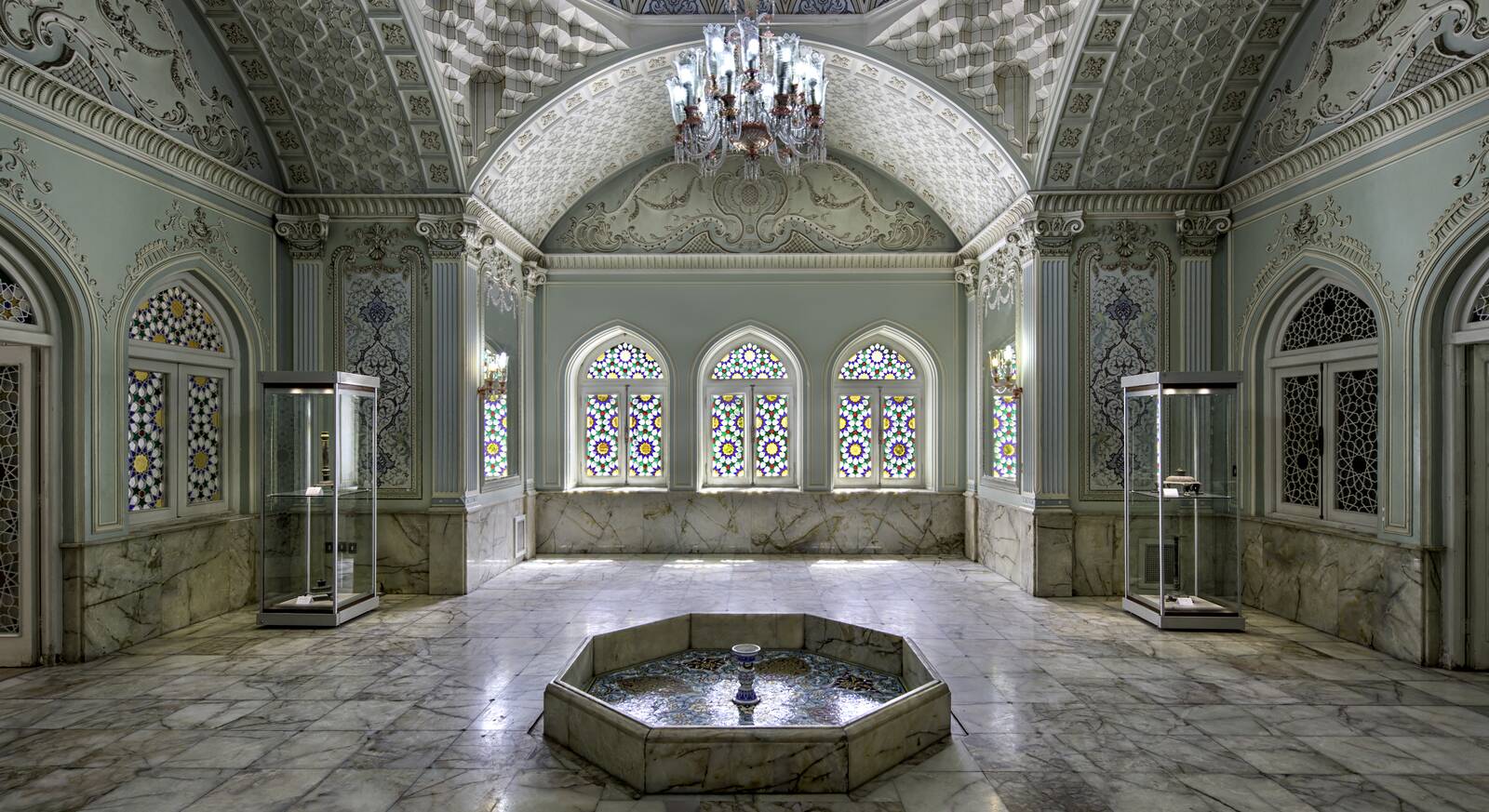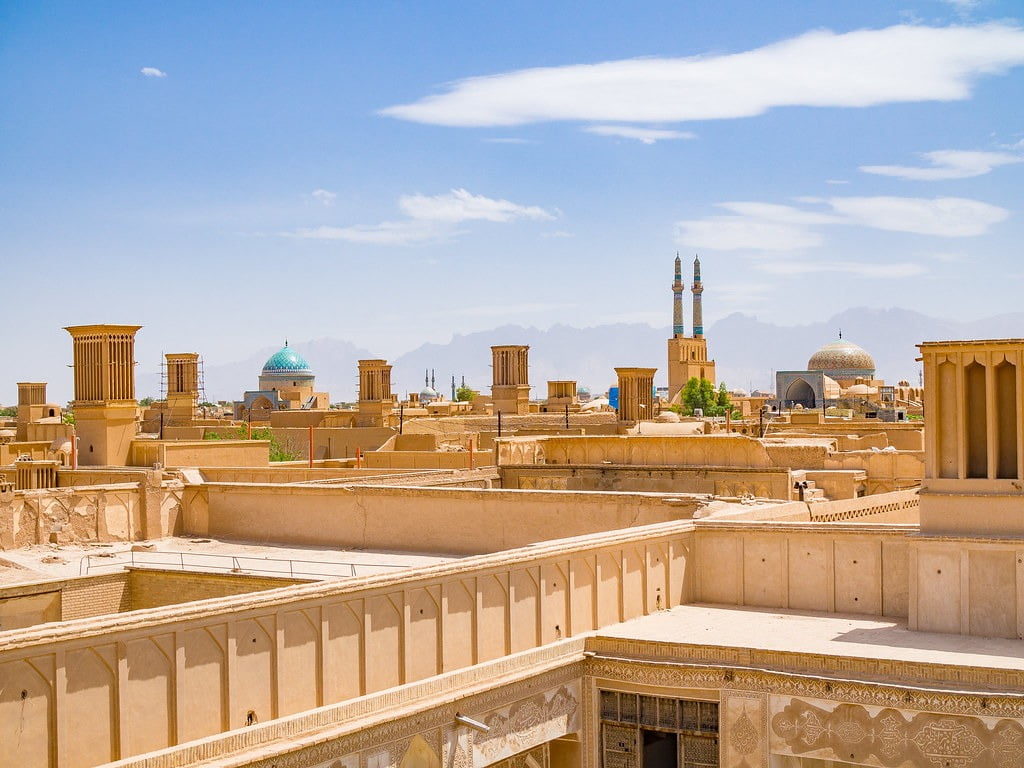Yazd
The historic city of Yazd, a vast and ancient region dated back with ato several thousand years ago history for several thousand years, is considered as the most extensive, most systematic and most original historical area of Iran and the second largest residential adobe area of the world.
Amir Chakhmaq Complex
Amir Chakhmaq is one of the most significant historic complexes in Yazd which is located in the middle of the old architectural context and it is one of the prominent strategic areas of Yazd. This valuable complex which is the intersection of the main streets of the city includes Mosque, Tekye (a place to hold the religious mourning), Seti Fatemeh mausoleum, Haji Ghanbar bazaar, Seti Fatemeh Ab-anbar (a type of traditional cistern), Nakhl (a wooden structure carried as a Shia religious ritual) and Ab-anbar Tekye of Amir Chakhmaq.
Amir Chakhmaq complex dates back to 15th century which is built by Amir Jalaluddin Chakhmaq who was one of the commanders of Shahrukh Teimouri (1377-1447) and his wife “Fatemeh Khatun”, When he came to the throne for the prosperity of this city. The founders constructed a square on the north of the mosque, which has remained in Yazd and it is at the center of this historic city now.

Museum of Water
One of the most valuable architectural monuments and currently the world’s most unique water museum is, “Water Museum” in the city of Yazd.
The museum and monument features a five-story building passing the string canals across for hundred years. There is a well on the roof of this house pulling the water on by the windlass while filling the cistern on the ground floor.

Masjed-e Jame of Yazd
Jame mosque or Kabir mosque of Yazd, is the wealth of Islamic art and architecture that it’s primary building was founded by,”Ala al-dule Kalinjar” instead of the ancient fire temple in the sixth century AD, and the current structure of this building is related to “Sayyid Rukn al- Din Mohammad Ghazi, “Muzaffarid and Timurid eras in the eighth and ninth centuries AD .
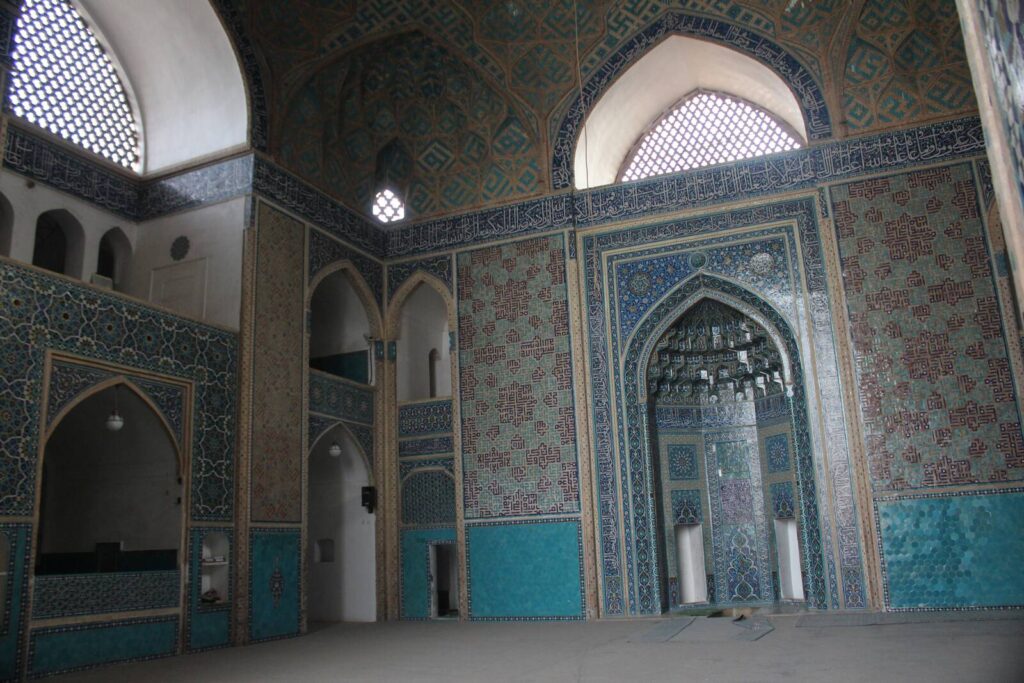
Yazd Zoroastrian Fire Temple
Bahram fire temple Or Vararam fire temple in Yazd is one of the premises of the Zoroastrians, consisted of buildings and tree-lined garden that has been made in recent centuries. This building construction dated back to Pahlavi I era its architecture derived from the Achaemenid art. The main building is located in the middle of the courtyard and surrounded by tall cypress, pines and evergreen trees. A large circular pool at the center of entrance makes a certain beautiful site where the Zoroastrians and tourists throw coins into it according to an old tradition.
Farvahar is manifested on the frieze of the mansion. The mansion was built under the supervision of Arbab Jamshid Amanat by Zoroastrians and India Persians in 1313 SH. There is a holy fire within a large firebox made of Bronze which must always be on and someone who is called Hirbod is responsible for keeping it in this place; it dates back to 1500 years ago and is highly respectable by Zoroastrians. Fire was settled in the relatively large chamber above the ground level away from the sun and in a room. The other rooms around it designed as well for worship. Men and women should wear a white hat and white scarf entering this temple and take off their shoes to watch the sacred fire from behind a glass enclosure.
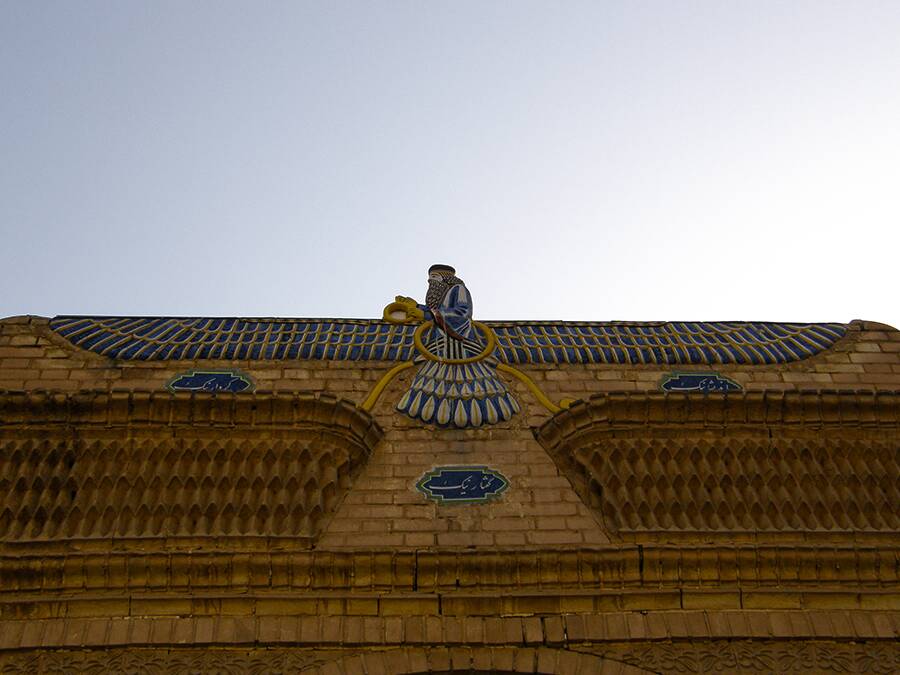
Meybod
Meybod is located in the northwest of Yazd, beside Tehran- Bandar Abbas road and Tehran-Kerman railway, along the edge of the central desert of Iran with the height of 1234 m above the sea level.
Its eastern lands are plain and even and it end up in the foothills and Aqda south heights from the west. This city enjoys a warm and arid climate.
Meybod consists of one part named “Markazi”, two cities and two rural districts. Meybod is the second urban and commercial center and populous city after Yazd in Yazd province.
Meybod is one of the first primary sedentism centers in Iran and the city registered on the Iran historical heritage list based on its valuable historical area. Meybod is one of the tourism regions based on its location and geographical situation.

Mehriz
Mehriz in 30 km south of Yazd, is located at the height of 1470 meters above sea level.
The continuious parts of Shirkooh highlands in the western part of the city led to the formation of rich groundwater aquifers and air adjustment in comparison to the other parts of Yazd province.
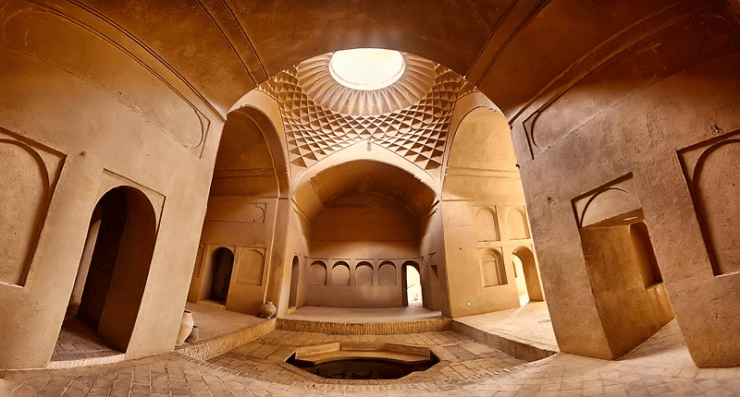
Dowlat Abad Garden
As a Persian garden, Dowlat Abad Garden is well-known for its high windcatcher. This garden is located in Chahar Menar (four Minarets) quarter in Yazd. Not only this garden is registered in the list of Iranian national heritage, but also it is one of UNESCO’s World Heritage Sites. With about eight and a half meters height, its windcatcher is the abode highest one in the world. It should be mentioned that because of generations of adaptations to its desert surroundings, Yazd has a unique Persian architecture. It is nicknamed the “City of Windcatchers” from its many examples.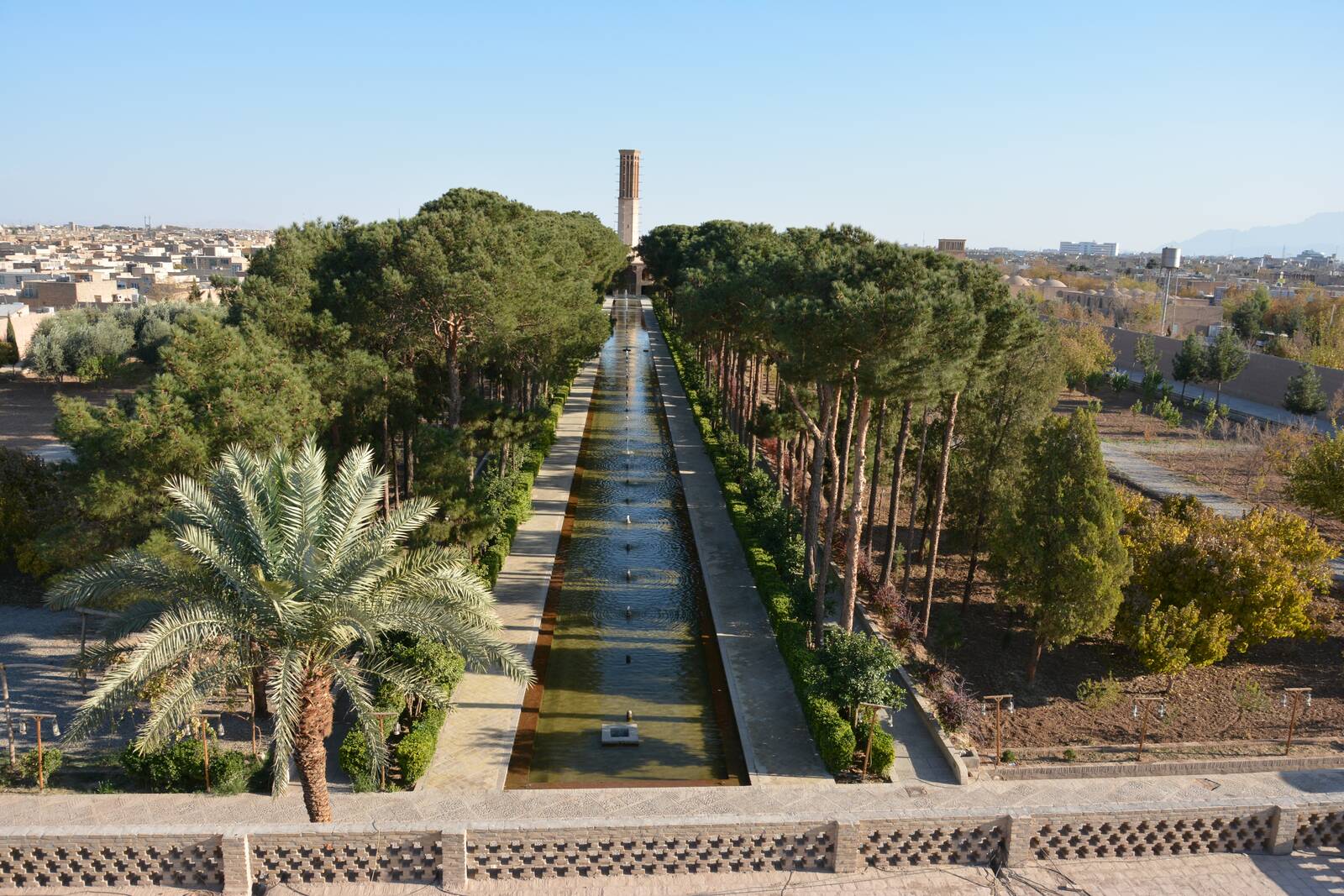
Mirror and Lighting Museum of Yazd
Being also known as Mirror Palace (Qasr-e Ayneh), the Mirror and Lighting Museum of Yazd is one of the most attractive museums in Yazd city. It is located in a garden with 8174m2 area in Kashani Yazdi street, and occupied a built-up area of 837m2. The building of museum is a belvedere in the center of a garden. In a vast garden with a pool in center, several rooms decorated in stucco and mirror works in front of the pool have embraced the nested corridors and spring house which are totally constructed at the time of Pahlavi I. Mirror Palace was built in 1320 S.H. by a person named Sarraf Zadeh and it was used in that time as a small private guesthouse.
